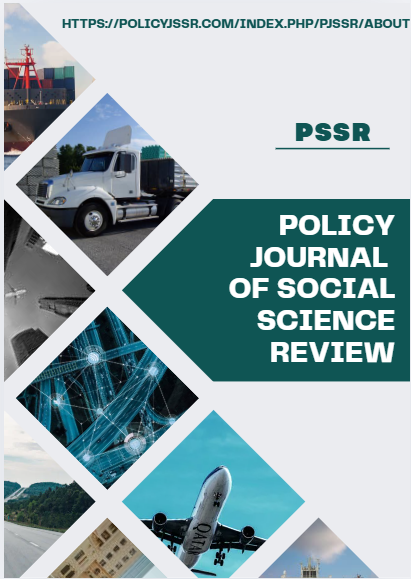IMPROVING STRENGTH AND EXPLOSIVE PERFORMANCE THROUGH OPTIMIZED LOWER-BODY CIRCUIT TRAINING IN FEMALE FOOTBALL ATHLETES
Abstract
This study aims to evaluate the impact of lower-body circuit training on strength and explosive power in female football players. Despite the recognized benefits of plyometric exercises, current research often suffers from limited sample sizes and short-term follow-up periods. This study addresses these gaps by employing an 8-week lower-body circuit training program, assessing both strength and explosive power pre- and post-intervention. A total of 40 female football players, aged 18-25, participated in the study, where their strength was measured through the One-Repetition Maximum (1RM) Squat Test and explosive power was assessed via the Vertical Jump Test. The results indicated significant improvements in both strength (mean increase of 6.95 kg in 1RM Squat) and explosive power (mean increase of 3.9 cm in Vertical Jump). Statistical analysis revealed substantial effect sizes, confirming that the changes were both statistically and practically significant. The study suggests that lower-body circuit training, which combines strength-based exercises and explosive movements, is an effective training method for enhancing key athletic qualities in female football players. Additionally, the findings underscore the importance of such training in injury prevention and performance enhancement. Future research is recommended to explore long-term effects and the generalizability of these findings across different skill levels.
Keywords: Strength, Explosive Power, Lower-Body Circuit Training, Female Football Players.





